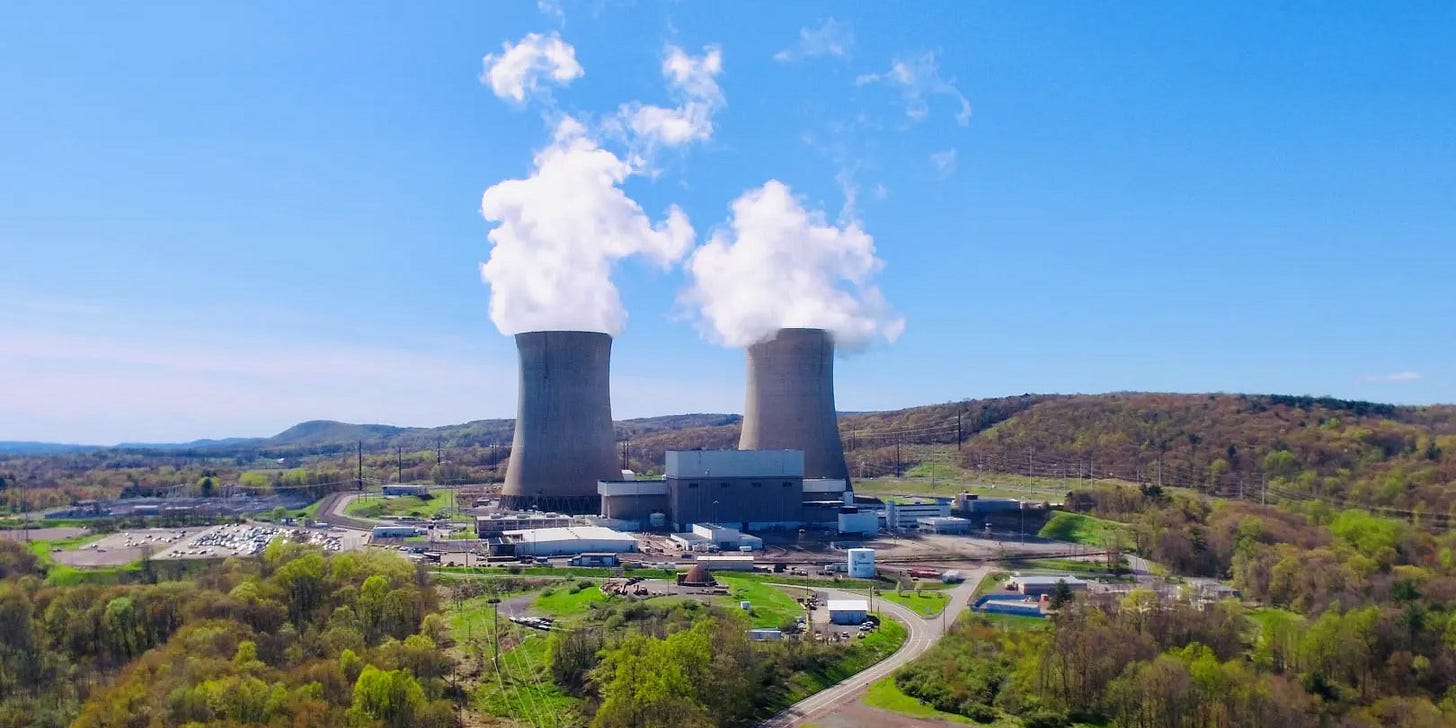Irreconcilable Differences
The power needs of AI are incompatible with existing grids.
“You know why divorces are so expensive? They're worth it.” – Willie Nelson
Edward de Bono’s seminal 1967 book, The Use of Lateral Thinking, gave name to a form of creative brainstorming known to produce innovative candidate solutions to vexing problems. Although such approaches come naturally to some, de Bono sought to create a training manual usable by the general public, and the book became wildly popular in business and entrepreneurial circles. Among the techniques of the lateral thinker are the use of random simulations, provocative questions, reverse thinking, and indiscriminate entry—Charlie Munger’s famous adoption of mathematician Carl Gustav Jacob Jacobi’s mantra to “invert, always invert” is a prime example.
Consider the challenge of satisfying the seemingly insatiable demand for electricity to power supercomputers for artificial intelligence (AI). The base assumption of most analysts is that this trend must surely be bullish for grid operators, as incremental demand for electricity should drive growth and excessive profits for the otherwise sleepy industry. For reasons previously articulated—namely that, as a public good, electricity is deliberately priced below its consumed value—we have been skeptical that simply tacking significant new demand onto existing grids was the likely outcome, let alone an ideal one.
To laterally ponder other possibilities, we explore the following provocative question: What if governments made it illegal to power new data centers using the grid? It is not as far-fetched as it might seem:
“The Federal Energy Regulatory Commission has denied plans for Talen Energy to supply additional on-site power to an Amazon Web Services’ data center campus from the neighboring Susquehanna nuclear plant in Pennsylvania.
The regional PJM grid operator filed for an amended interconnection service agreement on behalf of the companies to facilitate expanded power sales—increasing from 300 MW to 480 MW—directly to AWS. Opponents of the plan argued that such a deal could threaten grid reliability and raise customer rates.
In its 2-1 ruling on November 1, FERC said the parties did not make a strong enough case to prove why a special contract allowing for expanded ‘behind-the-meter’ power sales should be allowed in this instance. Two of the five commissioners did not participate in the vote.”
Once liberated from the constraining assumption that electricity can only be sourced from grids, all manner of barriers dissolve. If data centers can source captive electricity, owners no longer need to concern themselves with grid connectivity backlogs, transmission issues, and federal government oversight. Furthermore, users of the existing grids would be spared from matching the marginal bid for incremental electricity presented by this source of new demand, preserving the public good attributes of the current structure.
Having convinced ourselves that such a partitioning is quite likely, modeling the second- and third-order impacts of such a trend unearths a new set of challenges and identifies the likely winners and losers associated. Let’s validate our hunch, skip a few steps ahead, and ponder the possibilities.


